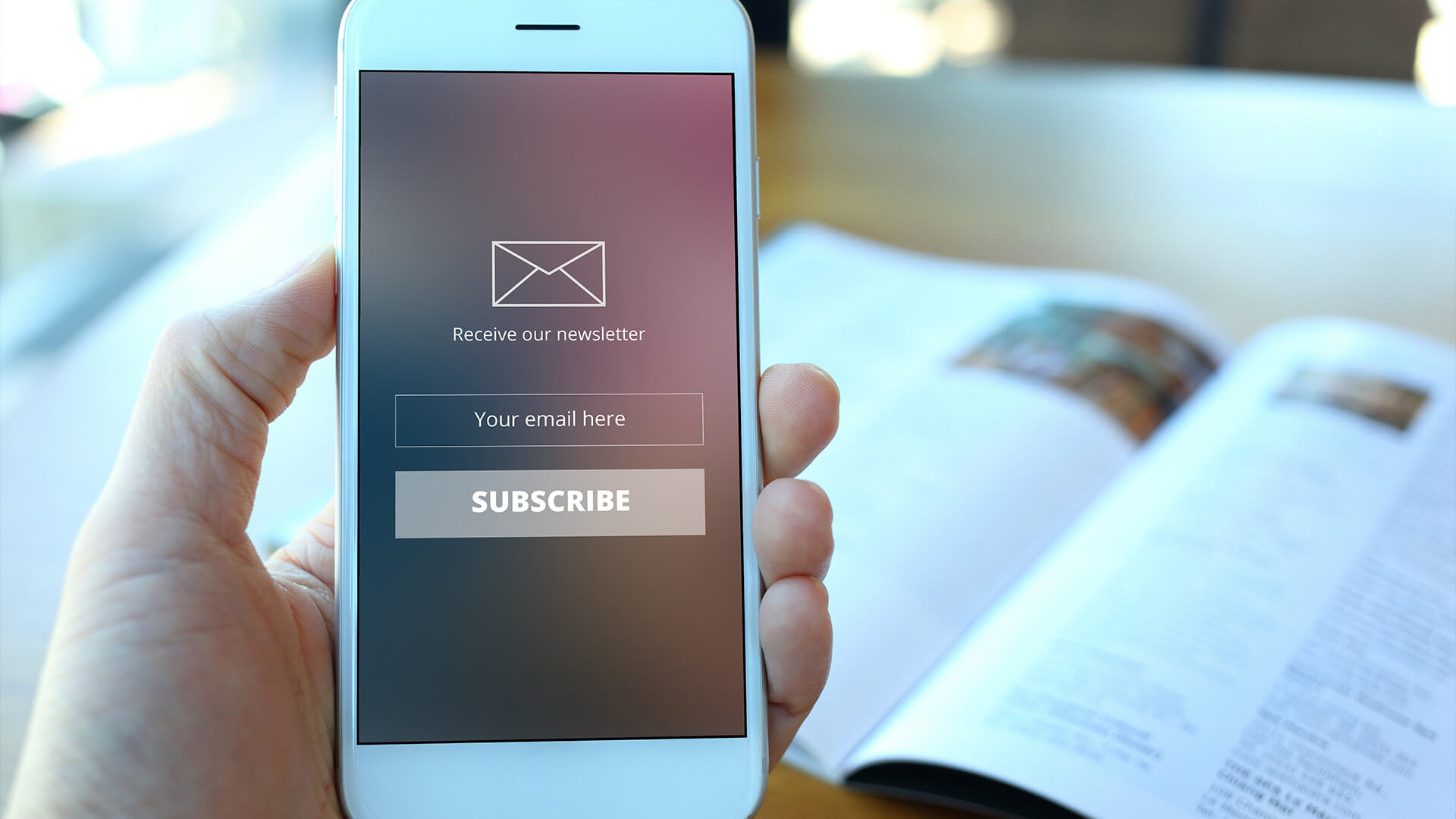Releasing a regular newsletter with updates about your business might seem like an outdated way of doing things today. However, as many small businesses are discovering, a well-crafted newsletter has the potential to form the cornerstone of a digital marketing strategy. Here are some tips to help you create a successful newsletter.
Give Users a Reason to Opt-In
If you want your users to sign up for your newsletter, then you need to give them a reason to do so. They aren’t going to do it just for your benefit; you have to be offering them something as well. For example, you could offer every new sign up to your newsletter a discount on your store. It doesn’t matter exactly what you do, only that you find a way of offering value to anyone who signs up to your newsletter.
Try to think beyond obvious choices like discounts and consider things that your business is in a position to offer that other businesses can’t. For example, an airline can offer new sign-ups priority boarding on their next flight.
Define the Purpose of Your Newsletter
A newsletter can be used to achieve a variety of different objectives. For many businesses, the purpose of their newsletter is going to be to increase long-term engagement from the audience. However, some businesses will have other short-term objectives that they wish to complete instead of or as well as their long-term goals.
You should define the purpose of your newsletter as soon as possible so you can focus every decision you make on achieving your key objectives. You don’t want your newsletter to be confused with its purpose, as this will lead to a confused message within.
Write Emails That Users Will Want to Read
If there is nothing within your newsletter to benefit the reader, you are going to have a hard time encouraging them to even open your newsletter, let alone read the content within. There are a number of things you can do when composing your newsletter to maximize the chances of it being read.
First of all, try to keep the number of special characters and capital letters in your subject line to an absolute minimum. Too many of these are likely to trigger spam filters and you’ll see your emails being relegated to the spam folder before your audience even has a chance to open them.
You should also use your subject line to convey something of what is contained in the newsletter. Think of the subject line as being like a headline designed to draw in the reader and encourage them to read the entire newsletter.
Further Reading
Check out this guide on how to start a newsletter for more important tips and advice. With the right execution, a business newsletter can be a valuable tool for enhancing user engagement, as well as obtaining a number of short-term objectives.
With the right approach, it is relatively easy to compose an effective newsletter that improves customer engagement and promotes your business effectively. However, a newsletter is only as good as its author. Stick to the tips above to ensure that you are composing worthwhile newsletters every time.








